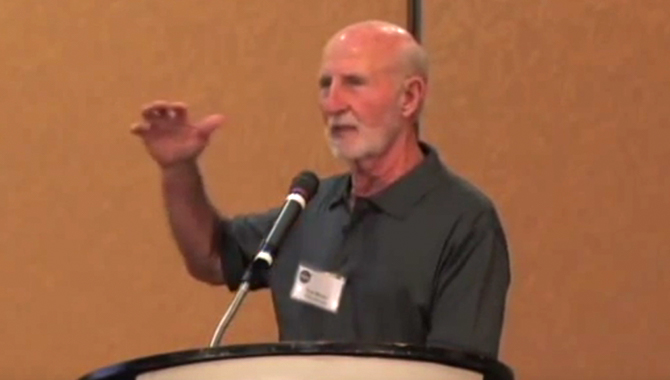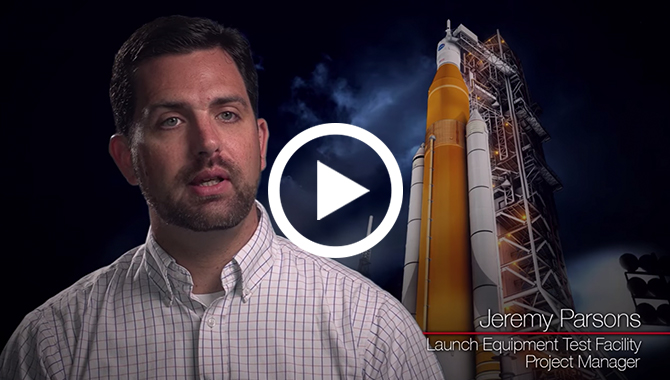Reflecting and learning from an accident can be an emotionally painful process, but also extremely important to improving safety in the future.
The Columbia accident took place on February 1, 2003, ending in the loss of all seven crewmembers. This video discussion of Columbia was recorded at Johnson Space Center in Houston on January 30, 2018, with Brian Kelly, Wayne Hale, Michael Leinbach, Mark Kirasich, Kathy Lueders and Pat Forrester. The panel discusses what was learned from the recovery and reconstruction in regards to improving crew survivability. These lessons are being applied on spacecraft that are being flown and developed today to make spaceflight safer for astronauts. Please watch the entire video to learn about all of the lessons that came from this content-rich discussion.
Some video key learning points from the Columbia accident discussion:
-
- 1.
Try to publish and share what you learned from the accident so that people can learn from what went wrong and try to design safer spacecraft.
- 2.
Keep an atmosphere of open communication, and be open to learning from any investigative reports no matter how painful they may be. An independent report might bring out flaws that are not detected by individuals inside the program.
- 3.
Organizational lessons: Have strong technical authorities that raise and review risks. Allow and examine all dissenting opinions concerning risk. Have mitigation plans to lower risk.
- 4.
Build dissimilar redundancy into your navigations systems so that you have viable options if some of these systems fail to work properly.
- 5.
Plan and design safety features based on the length of time the spacecraft would be from Earth.
- 6.
Make sure the astronaut suits are integrated into the design of the spacecraft for increased safety.
- 7.
Examine various types of landings the spacecraft might have to make and determine how safely the spacecraft performs in each of these landing scenarios.
- 8.
Make sure to share important lessons with contractors on the team.
- 9.
Require contractors to provide a crew survivability assessment of their systems.
- 10.
Continue to emphasize having astronaut involvement in the design of spacecraft system displays and software so they are as knowledgeable as possible in case of an emergency situation.
- 1.
Related Resources:
Podcast: Episode 07: Space Shuttle Columbia National Tour
The Columbia Accident Investigation Board (CAIB)
Report of Columbia Accident Investigation Board, Volume I
Columbia Crew Survival Investigation Report
NASA APPEL Columbia Case Study









